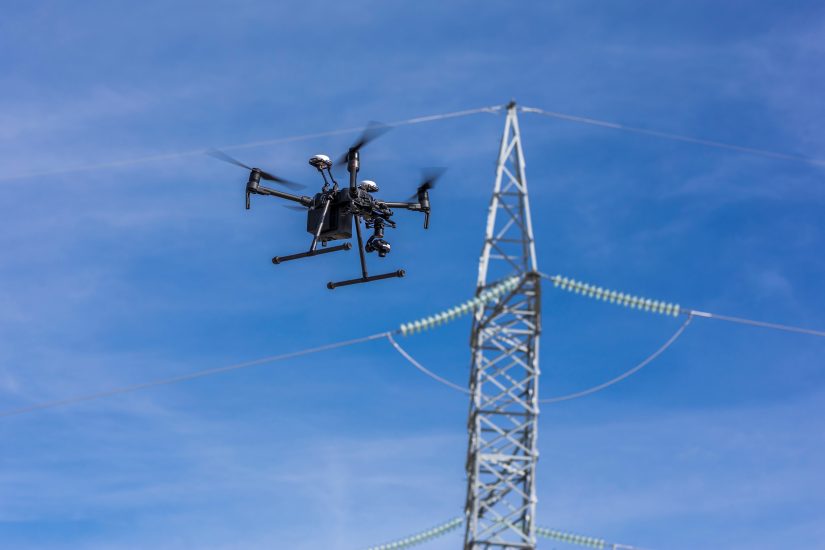Following the release of the United States Cybersecurity and Infrastructure Security Agency (CISA) drone detection guidance, the agency has announced a further two guides to assist critical infrastructure owners and operators in understanding and mitigating risks associated with uncrewed aircraft systems (UAS).
Suspicious Unmanned Aircraft System Activity Guidance for Critical Infrastructure Owners and Operators and Safe Handling Considerations for Downed Unmanned Aircraft Systems are part of CISA’s Be Air Aware™ initiative.
“The new risks and challenges from UAS activity demonstrate that the threat environment is always changing, which means our defences must improve as well,” said CISA Acting Director Madhu Gottumukkala.
CISA expects the frequency of UAS operating near critical infrastructure to rise significantly. To address potential threats, CISA’s suite of UAS security resources are designed to help critical infrastructure owners and operators enhance their security planning and make recommendations to better manage UAS-related risks.
Suspicious Unmanned Aircraft System Activity Guidance for Critical Infrastructure Owners and Operators helps increase understanding of routine UAS activity and unique considerations for different facilities and areas, as well as knowledge of various UAS capabilities and asset vulnerabilities and how UAS can be used to carry out nefarious activity. The resource provides guidance on recognising suspicious UAS activity indicators and how to determine the appropriate response. It also contains a section on responding to suspicious UAS activity to include engaging law enforcement.
Meanwhile, Safe Handling Considerations for Downed Unmanned Aircraft Systems provides information on how to prepare for and respond to downed UAS that may pose a safety or security concern.
“The first step is to plan ahead to ensure a timely and appropriate response if a downed UAS incident occurs,” CISA says. “This includes building relationships with the Federal Aviation Administration and local law enforcement, incorporating UAS safe handling practices into emergency response plans, establishing roles and responsibilities in the case of an incident, and conducting periodic training and exercises.”
For more information
Image: Shutterstock




